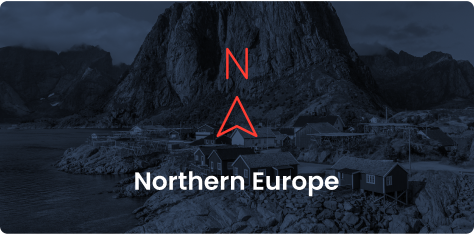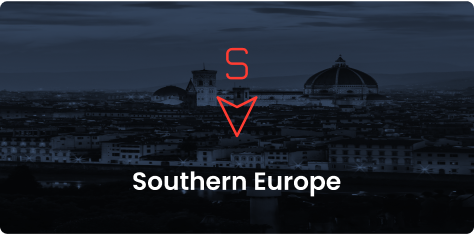At the heart of every modern energy system, both electric and gas, silently throb control centers . These strategic nodes , located in TSOs (Transmission System Operators) like Red Eléctrica in Spain, but also in large utilities, marketing companies , and even IPPs (Independent Power Producers) of a certain size, are responsible for managing energy production and grid balance in real time.
Every second, control centers make critical decisions based on a massive volume of data. They decide how much to produce, with what technology, at which grid node, and at what time. They manage ramps, reserves, and balancing services, and control deviations. To achieve this, they need accurate forecasts of multiple variables: renewable energy production , electricity demand , market prices , expected demands for balancing services , weather conditions , and much more. And they need everything in advance: from real-time to several days in the future.
The importance of forecasts
In an increasingly renewable, decentralized, and volatile electricity system, forecasts have become a fundamental tool. Many decisions made in control centers depend on their quality and reliability. An erroneous forecast of solar or wind production , for example, can cause serious grid disruptions, require the activation of reserves, or even jeopardize system stability.
A forecast that comes true: heat wave, extreme prices and production restrictions
The recent heat wave that has affected much of Europe is a clear example of how forecasting is key to anticipating and managing the system. AleaSoft Energy Forecasting had already warned that, under these extreme conditions, not only could a significant increase in electricity demand be expected, but also cooling problems at thermal power plants, especially nuclear and combined cycle plants , which could lead to production restrictions.
These days, the forecasts have come true: on July 1st at 8:00 p.m., the price of electricity exceeded €500/MWh in some European markets, and France was forced to reduce the production of a nuclear power plant. Also in Switzerland, the Beznau nuclear power plant had to shut down one of its reactors due to the high temperature of the river water used to cool them. If the high temperatures continue into the summer, further limitations on thermal generation could occur, further increasing the pressure on control centers.
These types of episodes highlight the need for robust forecasting tools capable of anticipating stressful situations and providing visibility into decision-making. They also highlight the urgent need for industry players, especially European control centers, to be prepared to handle increasingly demanding scenarios.
April 28: Did the forecasts fail?
The blackout that occurred on April 28th tested the resilience of the Spanish electricity system and its grid infrastructure. Although the official investigation has not yet concluded, all events leading up to it, from production scheduling to the activation or deactivation of strategic reserves, passed through control centers.
The key question is: Did the forecasts fail? Was demand underestimated or renewable production overestimated? Were there coordination problems between different actors in the system? Were the forecasting models adequate for the extreme conditions of that day?
Beyond technology, coordination
What happened in April demonstrates that the challenge is not only technical, but also organizational and coordination-related. A modern electricity grid requires control centers that share information in real time, use high-quality forecasts, and make coordinated decisions. Digitalization , artificial intelligence , and the use of integrated forecasting platforms are essential to avoid errors and ensure system stability.
The strategic role of control centers
Control centers are the brains of the energy system. But like any brain, their effectiveness depends on the quality of the information they receive and the level of coordination between their various components. Improving forecasting and strengthening joint decision-making mechanisms is not an option; it’s a critical necessity to prevent further blackouts and ensure the energy transition .
In this context, it is essential to equip yourself with forecasting and decision-making support tools, especially those that integrate artificial intelligence for the analysis and processing of large volumes of data. Solutions such as those offered by AleaSoft Energy Forecasting allow control centers to anticipate system volatility, optimize resources, and act with greater precision in complex and dynamic environments. The combination of high-quality forecasting, digitalization, and artificial intelligence is key to building a more robust, resilient energy system that is prepared for the challenges of decarbonization .






























